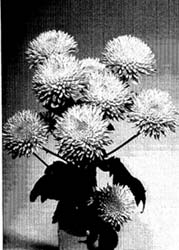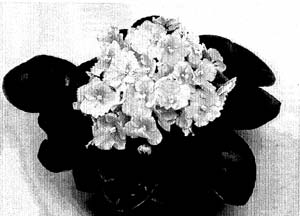 In 1930, the Plant Patent Act spurred by the work of Luther Burbank provided for the possibility of patent protection for asexually reproduced plants. In 1949, Plant Patent #1 was issued to Henry Bosenberg of New Brunswick, NJ, for a climbing rose. The United States Patent and Trademark Office grants a plant patent for any new or distinct variety of plant that is asexually reproduced except for a tuber propagated plant or a plant found in an uncultivated state. Asexual reproduction means that the plant must be able to reproduce by a method other than seeds such as budding, grafting or the rooting of the cuttings. The child plant therefore has the exact characteristics of the parent plant.
In 1930, the Plant Patent Act spurred by the work of Luther Burbank provided for the possibility of patent protection for asexually reproduced plants. In 1949, Plant Patent #1 was issued to Henry Bosenberg of New Brunswick, NJ, for a climbing rose. The United States Patent and Trademark Office grants a plant patent for any new or distinct variety of plant that is asexually reproduced except for a tuber propagated plant or a plant found in an uncultivated state. Asexual reproduction means that the plant must be able to reproduce by a method other than seeds such as budding, grafting or the rooting of the cuttings. The child plant therefore has the exact characteristics of the parent plant.
There are other requirements for receiving a plant patent. These include:
- The plant was invented or discovered in a cultivated area.
- The plant used for asexual reproduction is not excluded by law or is not a tuber food part such as a potato or Jerusalem artichoke.
- The person filing the application must have actually developed or discovered the plant.
- The plant has not been sold in the US for more than 1 year.
- The plant has not been public knowledge though publication or sale for more than 1 year.
- The plant mush have at least one characteristic that is different which is caused by more than growing conditions.
- The plant is not obvious to those skilled in the art.
 Very often hybridizers patent their new discoveries. A plant patent lasts for 20 years. During that time, it is illegal for others to asexual reproduce, sell or use the plant which has been granted a patent.
Very often hybridizers patent their new discoveries. A plant patent lasts for 20 years. During that time, it is illegal for others to asexual reproduce, sell or use the plant which has been granted a patent.
In 2009, 959 applications were filed for plant patents and the USPTO issued 1,009 patents. 1,209 applications were filed and 1,240 plant patents were granted in 2008. Examples of these patents included #5,383 for an African Violet, #5,382 for a variety of almond tree and #5,278 for a chrysanthemum plant named Organdy.
